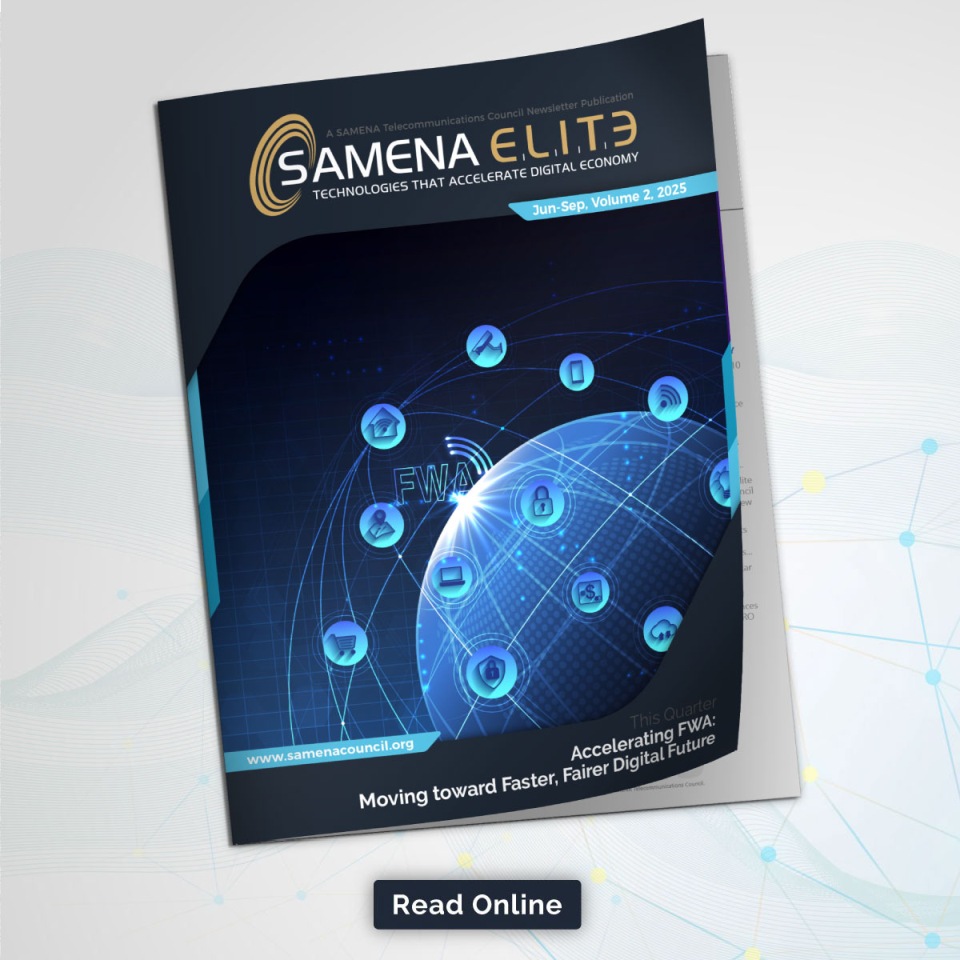President Paul Kagame has called for sweeping policy alignment across Africa’s digital landscape, warning that without harmonized regulations and coordinated efforts, the continent risks turning transformative technology into a tool for deepening inequality rather than closing gaps.
Speaking at the opening of Mobile World Congress Kigali 2025 on Tuesday, the Rwandan leader emphasized that Africa’s remarkable journey from limited connectivity to a mobile-driven economy now stands at a critical crossroads. The three-day summit, which runs through Thursday at the Kigali Convention Centre, brings together industry leaders, policymakers, and technology executives to chart the continent’s digital future.
Kagame highlighted mobile banking as perhaps Africa’s most successful homegrown innovation, describing it as a global model that has empowered small business owners and women entrepreneurs while linking rural communities to broader economic opportunities. But he cautioned that despite visible progress, only a fraction of Africans enjoy connectivity levels matching global averages.
“If this gap persists, the same technology meant to expand access will instead widen inequality,” Kagame warned. He urged governments, private sector players, and development partners to create enabling environments where innovation can flourish across borders rather than being constrained by fragmented regulatory frameworks.
Rwanda’s approach centers on building a knowledge-based economy through artificial intelligence integration in national planning, investments in research, human capital development, and digital infrastructure aimed at boosting productivity and improving public service delivery.
The president underscored cross-border cooperation as essential, noting that harmonized data systems, payment networks, and digital regulations would enable secure and seamless connectivity between African economies. He commended efforts by the African Union, regional blocs, and Smart Africa to reduce costs and advance creation of a single digital market.
Axian Telecom Group CEO Hassan Jaber announced an ambitious commitment to expand 4G coverage to 95 percent of Africa’s population by late 2027, positioning the target as fundamental to accelerating digital inclusion and securing the continent’s place in the global digital economy.
Jaber, speaking at the same conference, described Africa as poised to redefine how it learns, works, and competes through technology-driven transformation. He acknowledged significant challenges ranging from limited affordable data access to gaps in digital skills and reliable power supply.
Through its YAT unified Pan-African mobile network brand and MIP fixed network identity, Axian Telecom reportedly empowers over 300,000 people and communities while investing heavily in digital education, startup acceleration, coding bootcamps, and e-learning programs tailored for Africa’s youth.
“Africa’s true strength lies not only in technology but in people, especially young Africans,” Jaber emphasized. With nearly 60 percent of the continent’s population under 35 and projections exceeding 700 million mobile subscribers by 2030, most of them women, the demographic opportunity appears substantial.
Africa’s fintech market is projected to reach $230 billion by 2025, according to industry estimates. Jaber highlighted how digital finance transforms prospects for small entrepreneurs, women, and informal traders, with simple tools like micro-loans or mobile payments potentially unlocking opportunity and growth for entire communities.
To achieve the ambitious 4G coverage target, Axian Telecom is strengthening partnerships with governments and international development institutions. The company has secured significant backing, including a $100 million investment from the European Investment Bank for network expansion in Madagascar and Tanzania, plus a separate $160 million loan from the African Development Bank announced earlier this year.
In collaboration with development finance institutions, Axian has already increased 4G access significantly and plans to connect 95 percent of urban schools and government institutions by 2027. The partnerships will support both 4G expansion and initial 5G deployment, particularly in urban centers.
Jaber stressed that trust and ethical governance must anchor Africa’s digital transformation. He outlined four key imperatives: aligning continental digital initiatives among governments and private players, empowering telecom operators to shape appropriate policy and regulation, coordinating efforts under unified frameworks to avoid duplication, and establishing measurable success tools like a Digital Transformation Index for shared accountability.
Meanwhile, the GSMA announced it’s working with six major African mobile operators to establish baseline specifications for affordable entry-level 4G smartphones, targeting retail prices between $30 and $40. The initiative involves Airtel, Axian Telecom, Ethio Telecom, MTN, Orange and Vodacom.
Smartphone affordability remains the biggest obstacle to mobile internet adoption across Sub-Saharan Africa. GSMA Intelligence estimates that a $40 phone could bring mobile internet within reach for 20 million additional people in the region, while a $30 handset could potentially connect up to 50 million.
The proposed minimum requirements cover memory, RAM, battery life, camera, display and other core features necessary for viable 4G experiences at dramatically reduced price points. GSMA Director General Vivek Badrinath described smartphone access not as luxury but as a lifeline to essential services, income opportunities and participation in the digital economy.
In coming months, GSMA will consult original equipment manufacturers and technology companies on the proposed baseline to secure support for ultra-low-cost devices. Simultaneously, the industry is urging African governments to remove taxes on smartphones priced below $100, since VAT and import duties add more than 30 percent to device prices in some markets.
South Africa’s recent removal of taxes on entry-level smartphones is being promoted as a policy template. The GSMA argues that closing the mobile internet usage gap in low and middle-income countries between 2023 and 2030 could generate $3.5 trillion in additional GDP, with affordable smartphones serving as the foundation for capturing that economic upside.
The convergence of ambitious infrastructure targets, device affordability initiatives, and policy harmonization efforts suggests Africa’s digital transformation may be entering a decisive phase. Whether the continent can translate these commitments into tangible connectivity gains for hundreds of millions of people will likely determine not just economic trajectories but also how equitably the benefits of the digital age get distributed.
President Kagame framed the challenge succinctly in his opening remarks: “The future we must build is an Africa that is bold, connected, and competitive.” The question facing delegates gathered in Kigali is whether coordinated action can match the scale of ambition.
Source: https://www.newsghana.com.gh/kagame-urges-policy-harmony-as-africa-targets-95-4g-coverage/
